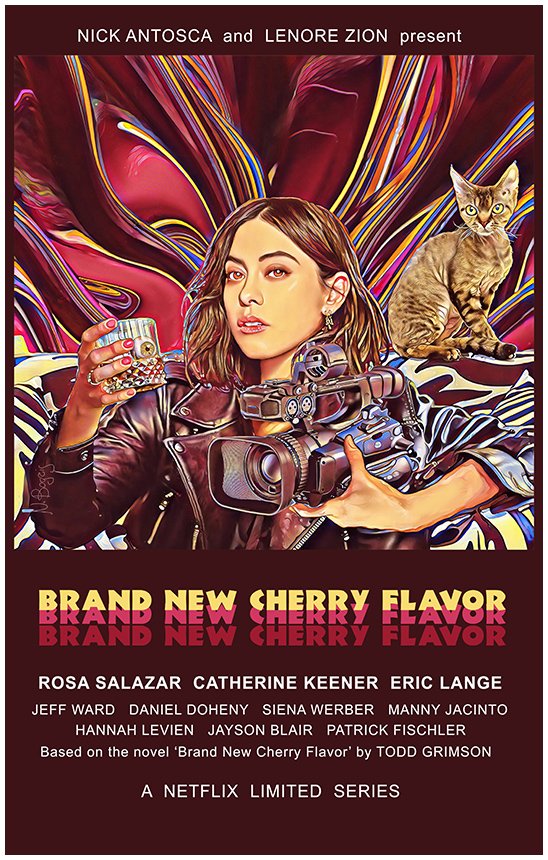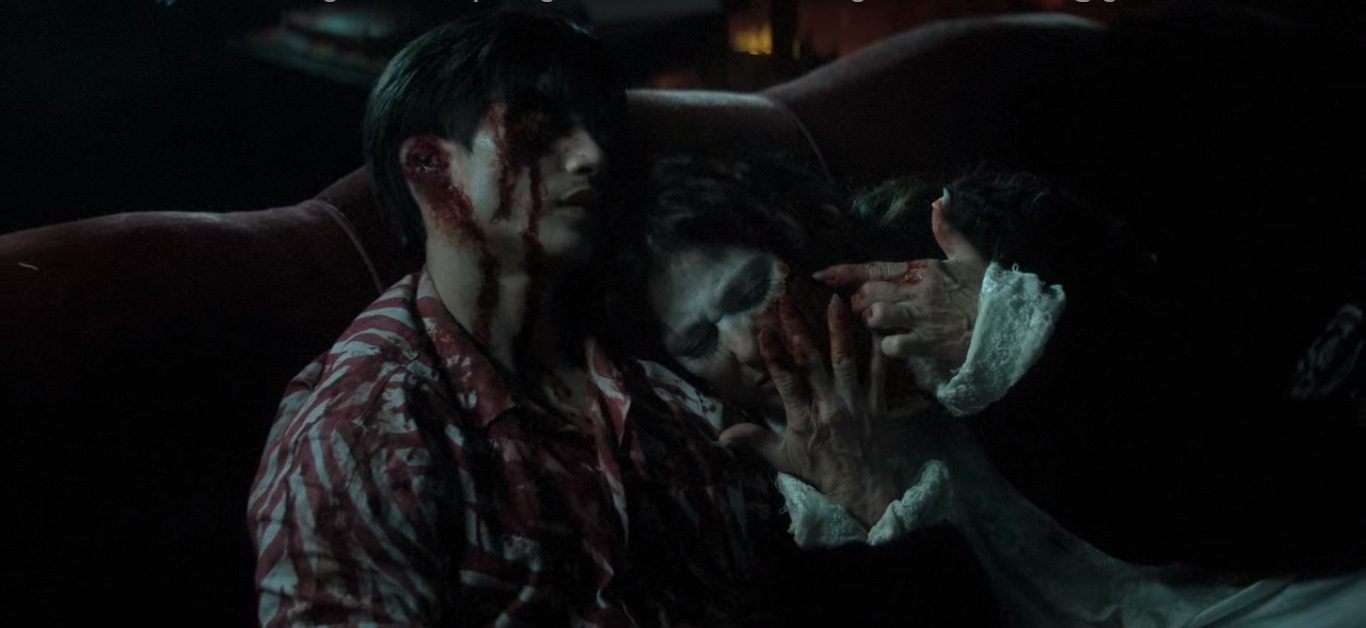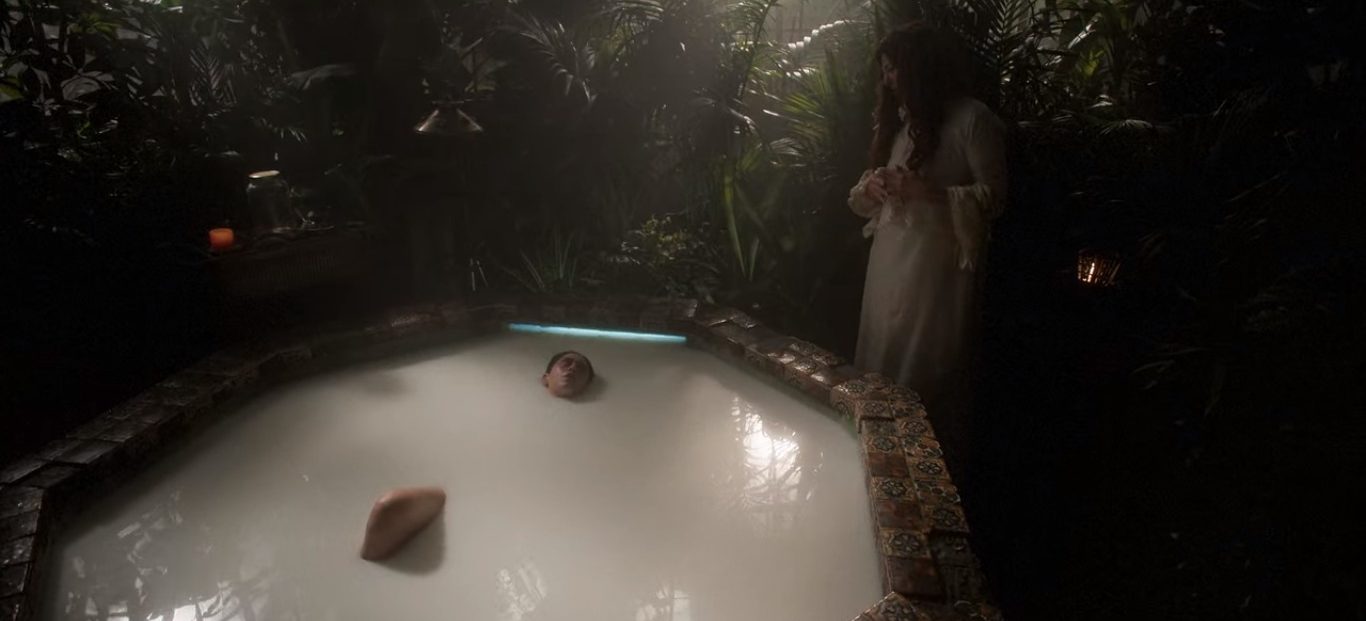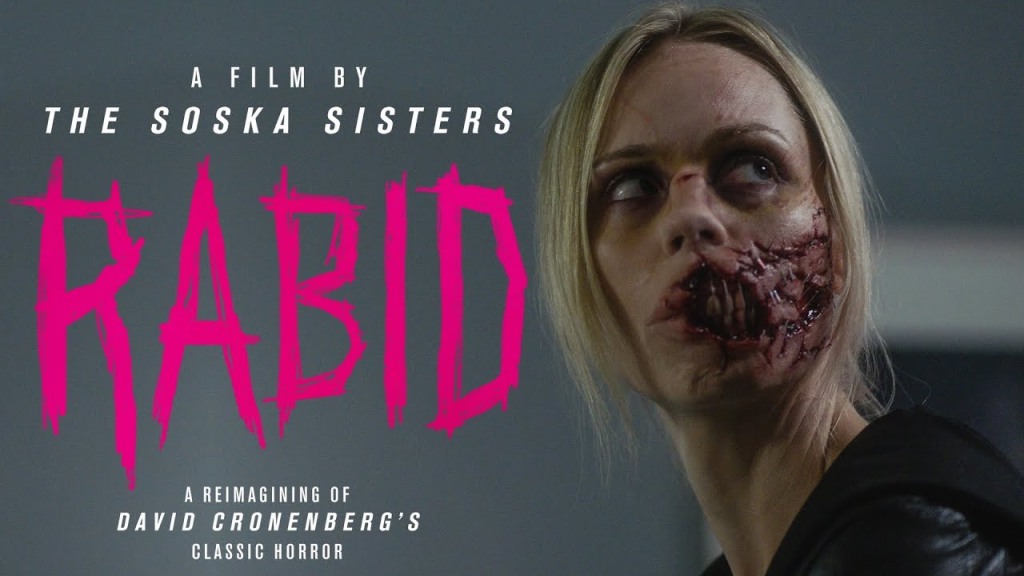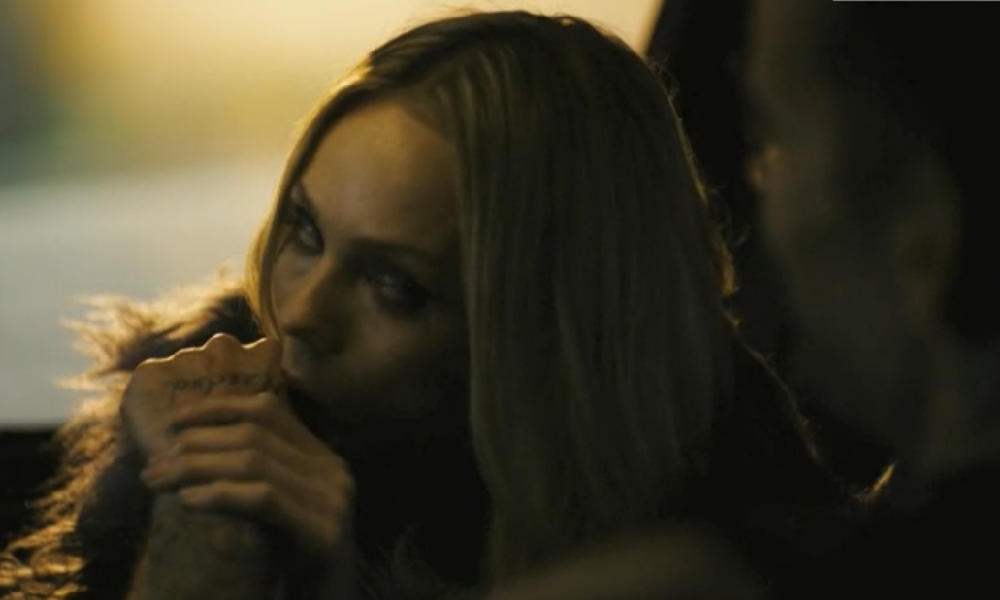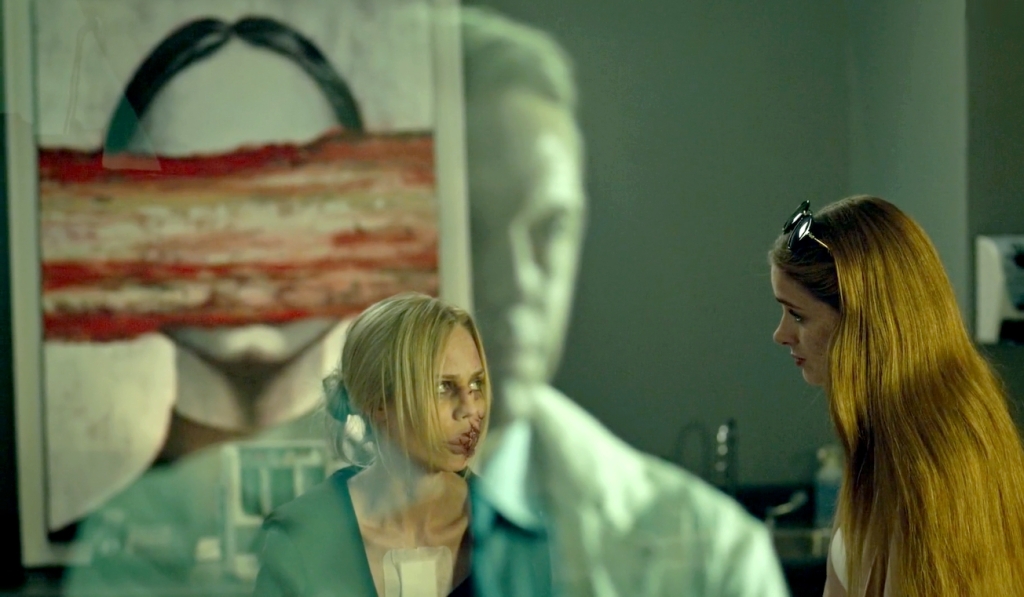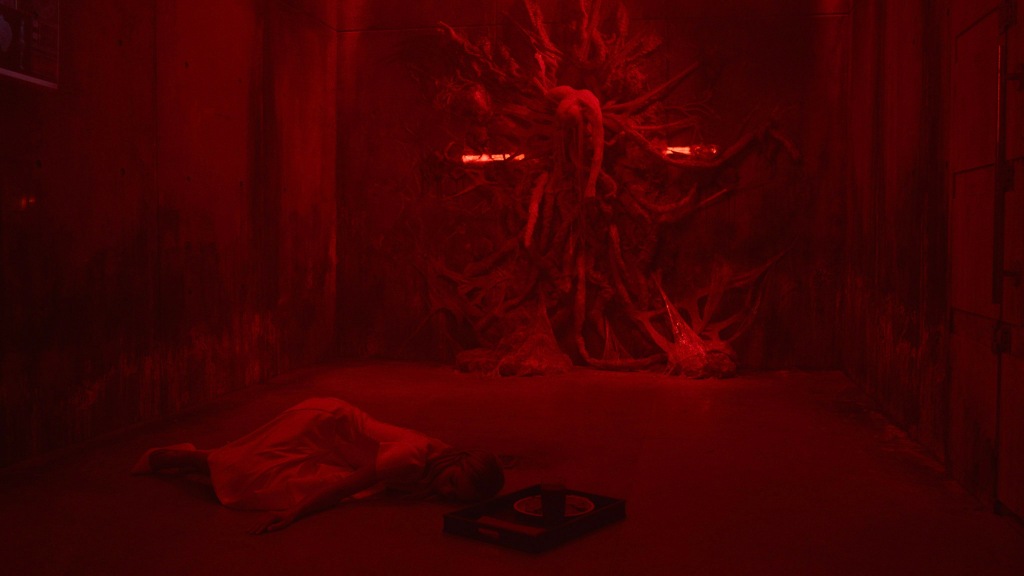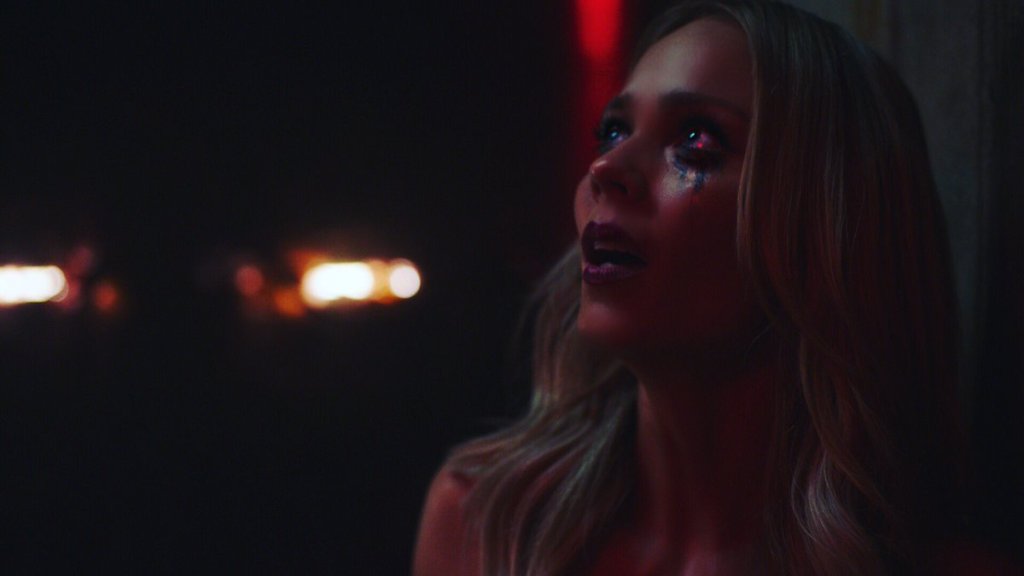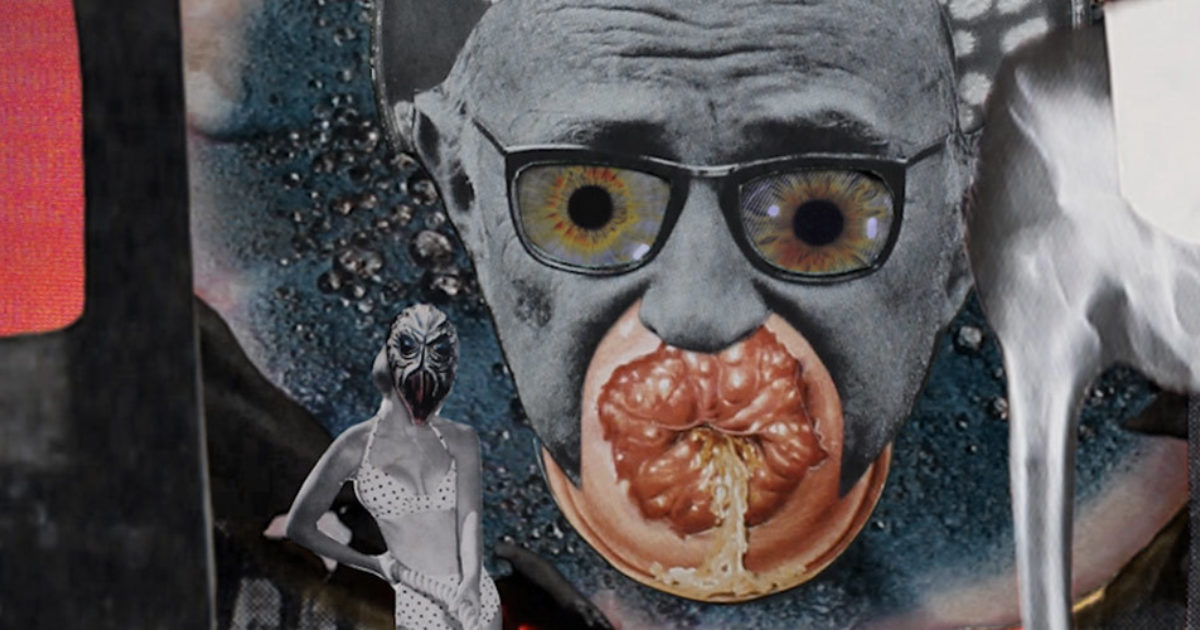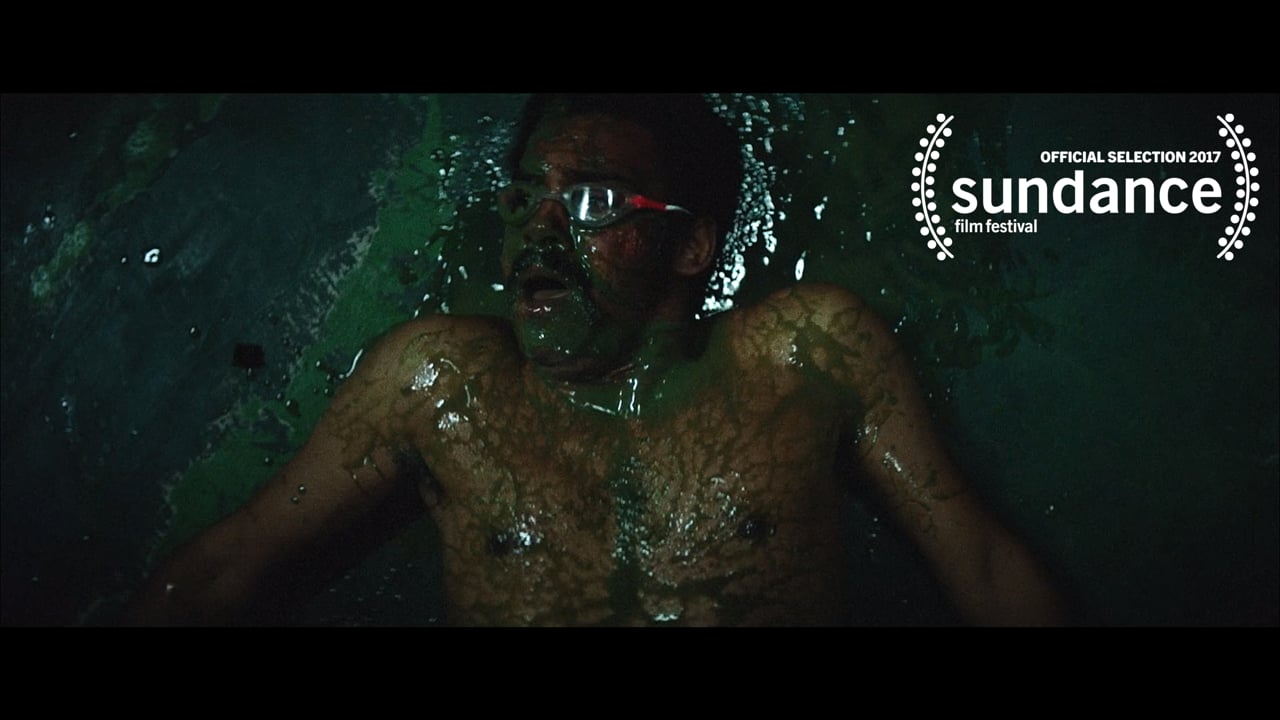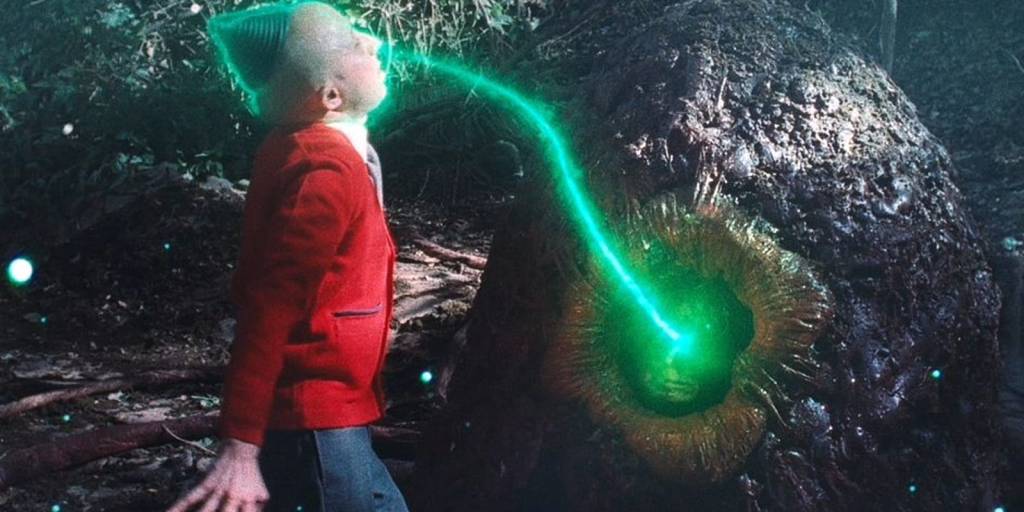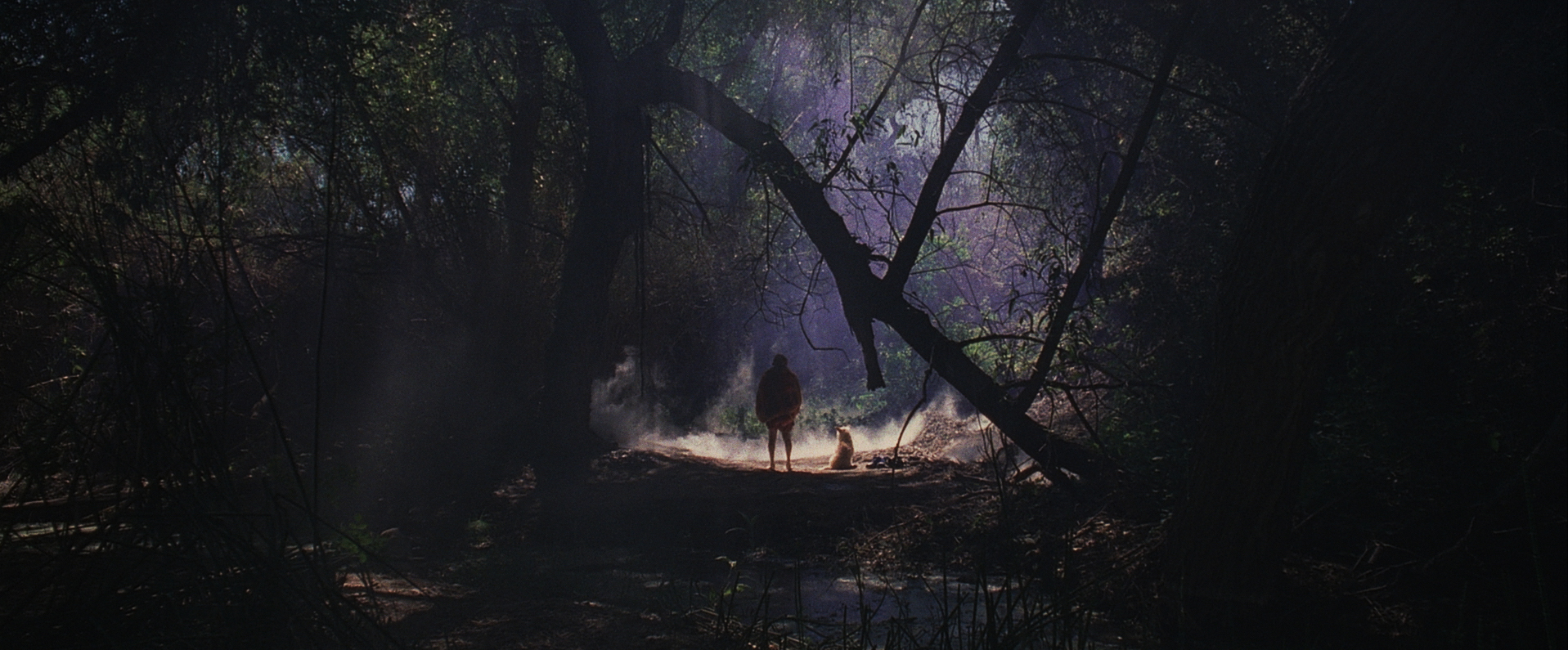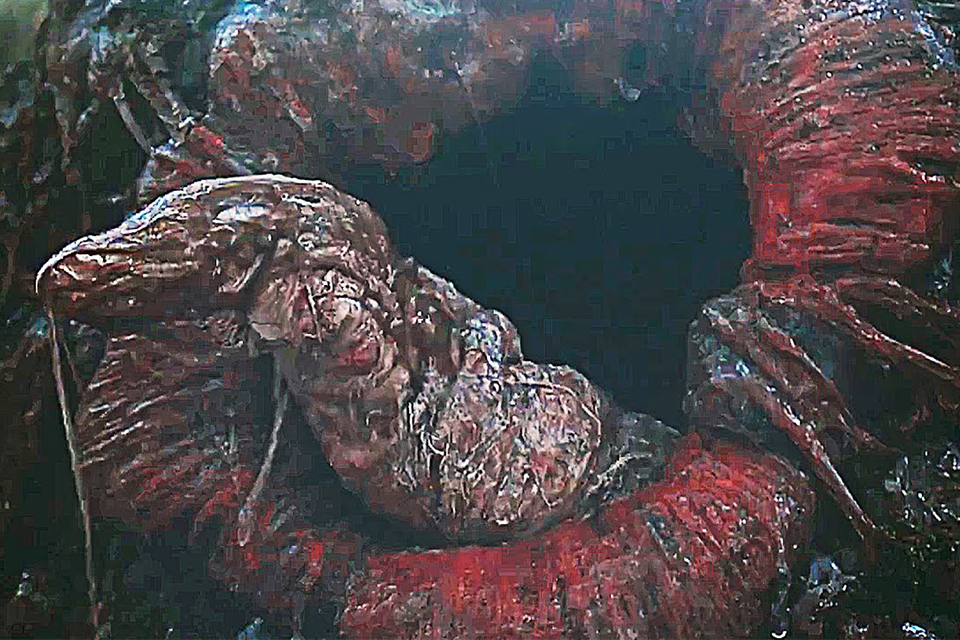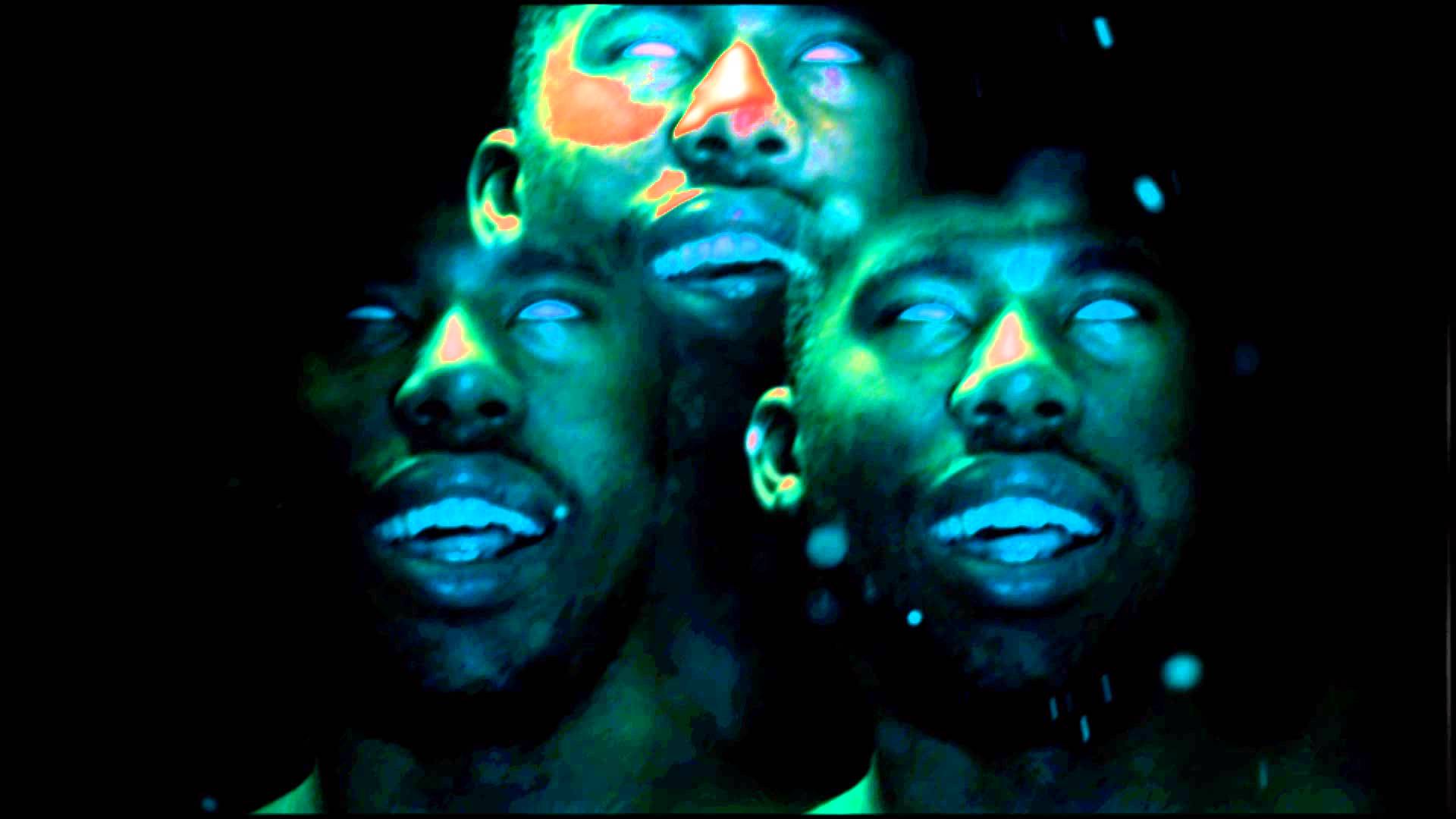I very recently (this year) discovered the following study and this discovery has made me very happy – indeed it has brought me back full circle to other pursuits I have followed these last years. It has been a daunting but also incredibly satisfying and slow-moving adventure to unravel Whitehead’s organic philosophy year by year. I have read ANW in German, English and Romanian and I am grateful to these translators and editors and popularizers of his works. I am thankful for all those that have listened to and communicated on the margins my continuing yet uneven advances – Gabi, Julia, Nae, Felix, Akira, amongst others. This post deals only in its end section with the above mentioned book in trying to add more context to A N Whitehead’s process philosophy and panpsychism. In the end I point out why I think The Outward Mind adds (for me) a few important missing ingredients that allow for much larger historical width.
check the original on Goodreads blog
Historical Gradient
There is a sense A N Whitehead is always historically aware of the philosophical precedents of what he coins ‘organic philosophy’ (be is Locke, Leibniz, Spinoza or Hume and Kant) authors he mentions repeatedly and often quotes, even as he makes clear one has to read them against their own conclusions and their (later) systematized traditions.
Whitehead makes sure he can always rescue and scavenge significant bits – odd turns of phrases that he transforms into something significant against the intentions of their authors. He picks up on strange discontinuities, missteps or non-systematic intuitions in the well known works of all these named predecessors which are not actually his direct predecessors in fact, nor is he a direct succesor. In Science in the Modern World (1925) he jumps directly to a phrase from the founder of scientific method – Francis Bacon(1561 – 1626). These remote references are indirectly shaping up his own organic philosophy almost by what they are not saying, and only because he makes something else out of them and spells out what they could have said but aren’t saying.
He takes great care that he carefully weaves his own elaborate metaphysical reconstructions in a patient way, twisting and upgrading a jagged intellectual continuum. ANW almost always appreciates the unorganized side of major thinkers, appreciates their incipient striving and lacunae more than what they would have ever admit.
He picks as important – certain odd tidbits or whatever did not make it into the ‘final draft’ or settled into a recognizable and canonical Tractatus. With this patient, only slightly pedantic nit-picking, ANW makes sure that he and us (his possible readers) are in constant contact with others and kept involved with their inherited list of ideas developed under a very different and disjunct historical period (somehow detached fron his or his immediate predecessors). The impact of several Western authors is felt at a distance and without their accord, it feels. The result is that what does not get mentioned or lies outside of their conclusion – feels much more important.
He is hailed as the only modern philosopher that has developed with insistence and detail the most complex metaphysical project to date – responsive to the most relevant scientific theories of his day (relativity theory and quantum mechanics).
I am wondering about the atmosphere that has shaped such interests – the “penumbral” historical background that sustained and nurtured ANW’s mature metaphysics – outside the range of names he dutifully mentions in his key books (Process & Reality or Science and the Modern World, etc) and the philosophical idiom he uses.
One of the best things in reading him is that one is not dragged down by genuflection in front of such a heavyweight philosophical inheritance (or lack of reading all these fundamental texts). No jungle of footnotes, nor lengthy, winded polemics.
His polemics (if they exist) are not so much with authors, but with certain aporias of Western thinking. His engagement is a long shot wrestling with meta-theories of mindmatter or directions of research. Even when he is always mentioning what organic philosophy is not, he skips dense webs of references – and this is an integral part of his low profile tone and no name-dropping style.
Yet I am left with all these residual questions – of why Aesthetics is the philosophia prima for him? How come there is this easy (and surprisingly contemporary) involvement with en-minding matter or the building blocks of reality? Why is mind or experience so central to his cosmology? Why does he find this en-minding of matter as fundamental to our understanding the most recent theories of physics? These are important questions and I am always feeling a nuub in relation to ANW – but somehow they are related to him.
What I appreciate is his evolutionary and bottom-up or rather the bottom is tbe new up perspective. Where does his non-anthropocentrism or his physiological interest stem from?
Another unusual convergence allows him to share these preoccupations with various philosophers of mind. Whiteheadian panpsychism (the most developed modern panpsychism we have probably) needs engagement whatever they might say. Yet it is very rare that he ever gets a mention in recent books on the subject of consciousness or the ‘hard problem of consciousness (apart from William Seager or David Ray Griffin). The same thing happens with other authors – Galen Strawson, whose mentalistic physicalism comes close to Whitehead (but rarely mentions him) reviewing a book (Philip Goff’s -Galileo’s Error) by fellow panpsychist philosopher Philip Goff and chiding them over not mentioning a larger and more complete list of processors beside Arthur Eddington and Betrand Russell. A list that according to Galen Strawson should perforce include: W K Clifford, CA Strong and Durant Drake.
It is almost as if this amnesia about Whitehead helps their own project along and keeps them free of what Thomas Nagel has called (in 1986): “the faintly sickening odor of something put together in the metaphysical laboratory”.
What I am trying to say is that everyone is allowed to have favorite genealogies or mention his own chosen predecessors, yet when it concerns panpsychism – the ‘pan’ is historically eliminativist, always tends to choose certain authors over others.
Whitehead’s is a difficult inheritance. One can get lost mired in his verbiage or become outright dismissive of his entire metaphysical edifice. If mentioning him one might risk attracting the wrong attention, loose face, loose readers, respectability etc what do I know – it seems.
What if one’s own carefully thought-out theories of mind would get doomed by mentioning him repeatedly or giving him due credit. Maybe it is the usual academic risk or careful tip-toeing , a normal fear of being convicted as guilty by association or of being treated as (dangerously) ‘speculative’ or even (damning) humbug.
I will pick up on A. Nagel’s (pejorative) mention of the “metaphysical laboratory” and its slight air of slight superiority. Yes, maybe it is good to cut straight to the chase, yet I consider the problem exactly the opposite. It is not a problem of clear-cutting, but of allowing more largesse. Otherwise, everything feels like miraculous birth – and we might miss a certain underlying commonality or an impetus from a completly different set of theories.
In fact, I do miss this laboratory feeling, that there was a certain vaguely related but varied and diverse range of authors that could have prepared A N Whitehead’s arguments at a distance and up close.
I think that his particular and quite original approach suffers from this lack of historical density or having a wider range of domains (outside the strictly philosophical) to chose from. A dialogue that is not primarily even between philosophers and so does not enter the canonic mind philosophy list.
For me Whitehead is the tip of an unseen iceberg of largely ignored or only alluded to free speculation anchored in embodied research. It smells of a long term involvement with mindmatter, enlivened materialism, transmissible, diffuse and active affect, “sensuous knowledge” (like in Adorno or Ranciere). Instead of ignoring the body and objects it sees them as affecting and being affected, prolonging scientific and artistic interests with low-end organisms and non-human emotions. Let’s say this could range from Darwin’s letting his kids play music to worms or feeding carnivorous plants in his hothouse or William James’s (he gets ample mention in Whitehead) interest in empiricism, physiology, embodiment, nervous tissues and a graded/gradual evolutionary view of mind.
Whitehead is eminently a dispositional thinker even if when he talks about the intrinsic nature of things – because he puts you in a certain mood, and partakes of a certain disposition (perspective) of inquiring mind towards the possibility of other minds existing inside yet also outside the preferred bipedal cranial boxes.
Consider this: in order to make you sensitive to certain things that would have left you indifferent, he takes on the perspective of an elementary particle (also recently discovered) electron – what is it like to be an electron? Does this sound so different from Einstein trying to imagine what it is like to be traveling like a photon on his bike?
Yet this ability of inhabiting the elementary should point us towards non-scarcity in regard to AWN complex ideas since his own system does this on a regular basis. It searches for this granularity, this gradient – something that is not miraculous, exceptional, nothing special but usual, ‘mere’ and primary.
Consciousness or higher-level faculties of the mind are not isolated, insular or put on a pedestal. They are just a special case out of a much more varied non-special, available readiness for experiencing of the world by the world. He is very keen on making sure that we accept this pervasiveness of mind and explore under-explored semi conscious avenues of feeling and becoming.
Let’s apply this pervasive gradient-thinking approach to his own system, as a system that is being nourished by other domains. It interested with the new, becose it is growing out of or exploding the bounds of a much larger epochal context (in tune with his cosmic epochs there is this larger missing history).
What I felt was missing from both Whitehead’s account of his own ideas as well as from others mentioning their own Whiteheadian engagements is this relevant and disconsidered (till now) historical background noise. I appreciate this dim largely experimental aesthetic background radiation because it puts things in contrast and proves to be a laboratory of philosophical ideas & stimulants.
Here I place this recently discovered wonderful study – with a role in filling in these gaps. This book by Benjamin Morgan is called The Outward Mind: Materialist Aesthetics in Victorian Science and Literature.
Again, Benjamin M does not mention ANW directly, because ANW is somehow outside of the scope of this historical study of experimental and materialistic aesthetics, but at the same time, ANW is one of those that have enjoyed and absorbed & engaged with a lot of what The Outward Mind aims to be about.
This book, I think, reconstructs a missing historical Gedankenkollectiv that offers many other gradations, graded ways in which the late Victorian era (I get more and more convinced this is so) has transmitted disparate and conflicting(even paradoxical) interests with developments from the physical sciences, mathematics etc or concerns with the naturalization of mental processes. Heidegger for me is a key philosopher and contemporary of ANW that somehow willingly obscures this Victorian background noise. He is closer to the Critical Idiom in his refusal to engage with these scientific pursuits, since he often openly disparaged technology and science. In a sense his own anti-scientific stance manages to produce a tabula rasa in regard to all these previously very rich cross-overs and intellectual climates that (according to Benjamin Morgan) characterized experimental or laboratory aesthetics in both Germany (since Helmholtz) and Great Britain (US and France and other places?!). Looking fwd to reading this book.
Benjamin Morgan Introduction sums up numerous such cases in order to show us that there was much more appetite from the 1850s on for this sort of hybrid preoccupations that seem to dwindle afterward or get lost with the two cultures split (arts vs sciences). This externalization of mind, this en-minding of matter, or the generalization of the feeling process across the vastness of a newly discovered universe is very similar to what Whitehead is keeping alive and reinforcing with new ardor. All these necessarily fresh additions have been osmotically traveling across the scientific membrane into art theory. One such example is the lecture “What Patterns Do to Us” by Scottish art theorist Clementina “Kit” Caroline Anstruther-Thomson (1857–1921).


